 10 tòa nhà chênh vênh nhất thế giới
10 tòa nhà chênh vênh nhất thế giới
 Trong số các công trình nổi tiếng thế giới về độ "chênh vênh", đã có nhiều tòa nhà bị tàn lụi trong sự tiếc nuối của những người hâm mộ lối kiến trúc kỳ lạ.
Trong số các công trình nổi tiếng thế giới về độ "chênh vênh", đã có nhiều tòa nhà bị tàn lụi trong sự tiếc nuối của những người hâm mộ lối kiến trúc kỳ lạ.
1. Tháp nghiêng Pisa, Italy
 |
| Tháp nghiêng Pisa là một tòa tháp chuông tại thành phố Pisa, Italy. Phần chân tháp được khởi công vào 1173 và chỉ vài năm sau đó, người ta đã phát hiện toà tháp bị nghiêng do xây trên nền đất xốp. Chiến tranh khiến công việc xây dựng và chống nghiêng bị đình trệ. Mãi đến năm 1350 tòa tháp mới được hoàn thành. Trong những năm 1990, người ta đã đổ hàng trăm tấn chì xuống phần chân tháp để giữ cho Pisa ngừng nghiêng thêm. Theo sách kỷ lục Guinness, tháp Pisa hiện nghiêng 3,97 độ. Ảnh: visualparadox.com |
2. Capital Gate, Abu Dhabi, UAE
 |
| Nếu như độ nghiêng của tháp Pisa là một "tai nạn" ngoài ý muốn thì tòa nhà chọc trời mới xây dựng tại Abu Dhabi lại nghiêng một cách có chủ đích. Người ta hy vọng khi tòa nhà Capital Gate của UAE khánh thành trong tuần này, nó sẽ làm lu mờ người họ hàng tại Italy. Sách kỷ lục Guinness đã chứng nhận Capital Gate là tòa tháp do con người xây dựng "nghiêng" nhất thế giới. Tòa nhà tạo một góc 18 độ so với phương thẳng đứng, gấp 5 lần độ nghiêng của tháp Pisa. UAE hy vọng sẽ được tôn vình trên bản đồ kiến trúc của thế giới sau khi đổ ra 15.000 mét khối bê tông, kết hợp với 10.000 tấn thép để xây dựng tòa nhà. Bên trong Capital Gate là hàng nghìn mét vuông văn phòng. Khách sạn 5 sao Hyatt cũng sẽ được đặt ở đây. Tuy nhiên, hiện vẫn chưa rõ sau khi đi vào hoạt động, liệu có du khách nào dám ngủ trong tòa nhà này không. Ảnh: menainfra.com |
3. Chung cư WoZoCo, Amsterdam, Hà Lan
 |
| Công trình lạ mắt này là khu nhà ở cho người già ở Amsterdam và đây cũng là một trong những tác phẩm kiến trúc nổi tiếng nhất của Hà Lan. Khi được giao công trình này, điều khó khăn đối với các kiến trúc sư là thành phố giới hạn độ cao của các tòa nhà và diện tích mặt bằng để nhường chỗ cho cây xanh, trong khi mật độ dân cư và nhu cầu nhà ở thì dày đặc. Nhóm kiến trúc sư trẻ MVRDV của Hà Lan đã nghĩ ra một cách giải quyết khác thường. Trong số 100 căn hộ, có 13 căn được "treo" chênh vênh bên ngoài phạm vi của tòa nhà. Tòa nhà được xây dựng từ 1994 đến 1997, với chi phí thấp nhất có thể so với mặt bằng giá tại Amsterdam, theo lời khẳng định của MVRDV. Ảnh: galinsky.com |
4. Tu viện Meteora, Hy Lạp
 |
| Giống như những tu viện khác, tu viện Meteora (Hy Lạp) nép mình ở một nơi hẻo lánh ít ai lui tới. Tuy nhiên, điểm khác biệt là công trình kiến trúc có từ thời trung cổ này còn nằm cheo leo trên một mỏm núi đá cao chót vót, nằm trên đỉnh dãy núi Pindus ở phía bắc Hy Lạp. Cái tên Meteora miêu tả đúng vị trí của nó, nghĩa là "lơ lửng trong không trung". Các tu sĩ khổ hạnh đã ẩn náu tại mỏm đá này từ thế kỷ 11 trong những hang động sẵn có. Tuy nhiên, đến thế kỷ 14 họ thấy rằng cần phải xây một tòa nhà kiên cố hẳn hoi để thoát khỏi bọn cướp luôn hoành hành. Đến tận thế kỷ 18 và 19, tu viện này vẫn hầu như là một nơi nội bất xuất ngoại bất nhập, nên bên cạnh các tu sĩ còn có nhiều tù binh bị Đế quốc Ottoman giam giữ. Cách đây 100 năm, cách duy nhất để tiếp cận tu viện vẫn là kéo lần lượt từng người ngồi trong chiếc giỏ lớn, hoặc leo trên chiếc thang mỏng manh từ mặt đất lên tận đỉnh. Theo truyền thuyết, người sáng lập nên tu viện này chỉ có thể lên xuống bằng cách ngồi trên lưng đại bàng. Ngày nay, trong số 24 tu viện trên mỏm đá, vẫn 6 tu viện còn hoạt động. Các nhà tu hành tiếp tục duy trì cuộc sống biệt lập với thế giới bên ngoài như hàng trăm năm trước. Điểm mới duy nhất là họ đã có thể quên đi chiếc giỏ mây hay cánh chim đại bàng vì đã có bậc thang đục vào núi đá. Ảnh: citypictures.org |
5. Cổng chào Puerta de Europa, Madrid, Tây Ban Nha
| Năm 1996, với sự hợp tác của Mỹ, Tây Ban Nha đã khánh thành cánh cổng dẫn vào thủ đô Madrid với tên gọi Puerta de Europa (có nghĩa là "Cánh cổng vào châu Âu). Trước đó, thủ đô Madrid từng có hai cánh cổng cũ ở phía tây và phía tây nam mang tên Puerta de Alcalá và Puerta de Toledo, hoàn thành từ cuối thế kỷ 18, đầu thế kỷ 19 mang phong cách cổ điển. Với lối kiến trúc "nghiêng" 15 độ so với phương thẳng đứng, cánh cổng hoàn thành năm 1996 đại diện cho sự chuyển mình của thủ đô Madrid từ một kinh đô cũ thành một thành phố hiện đại. Không chỉ khác về kiến trúc, Puerta de Europa cũng mới mẻ ở chỗ ngoài công năng của một cái cổng chào, nó còn là tòa nhà văn phòng với 26 tầng ở mỗi tòa tháp. Do đó, người ta cho rằng Puerta de Europa là tòa nhà văn phòng đầu tiên trên thế giới được xây nghiêng. Ảnh: madridpedia.com |
6. Nhà của Sutyagin, thành phố Arkhangelsk, Nga
 |
| Thành phố Arkhangelsk nằm ở miền đông bắc xa xôi của nước Nga, quanh năm bao phủ bởi giá tuyết. Trụ lại ở vùng đất khắc nghiệt này chỉ có các ngư dân Bắc cực và những người thợ xẻ gỗ. Cư dân nổi tiếng nhất của thành phố là Nikolai Petrovich Sutyagin, từng một thời giàu nhất xứ sở này. Năm 1992, ông bắt đầu xây dựng ngôi nhà 2 tầng, đủ để cao hơn mọi ngôi nhà khác trong vùng nhằm khẳng định ngôi vị giàu nhất. Tuy nhiên, sau những chuyến du lịch đến Nhật Bản và Nauy, Sutyagin cảm thấy rằng mái nhà của mình chưa xây đúng cách và quyết định sửa. "Đầu tiên, tôi chỉ định xây thêm 3 tầng. Nhưng xây xong ngôi nhà càng trông vô duyên, như một cây nấm lùn vậy", chủ nhà Sutyagin từng giải thích, "cho nên tôi xây thêm một vài tầng nữa. Càng xây càng thấy không ổn và ngôi nhà cứ cao thêm mãi". Tuy nhiên, đến năm 1998, khi công trình của Sutyagin vẫn chưa hoàn thành, ông bị chính quyền thành phố kết tội làm ăn phi pháp và cho đi tù 4 năm. Đến lúc đó, ngôi nhà đã được 13 tầng, cao gần 45 mét. Điều đáng nói, nó được xây hoàn toàn bằng gỗ và nhiều người tin rằng đây là công trình làm từ gỗ cao nhất thế giới. Trong số những điểm nhấn của ngôi nhà, có nhà tắm cao tới 5 tầng, từng là nơi Sutyagin cùng bạn bè giải trí mỗi khi họ đến thăm. Khi Sutyagin ra tù, của cải đã bị cướp bóc hết. Năm 2007, Sutyagin, khi đó đã 60 tuổi, than thở với tờ báo Anh Telegraph: "Trước khi vào tù tôi là triệu phú. Sau khi ra tù, một xu cũng chẳng còn". Đến năm 2009, ngôi nhà đã vĩnh viễn bị xóa bỏ khi chính quyền thành phố này kết luận nó có thể là nguy cơ gây cháy nổ. Ảnh: Rex Features |
7. Astra Tower, Hamburg, Đức
 |
| Hoàn thành vào năm 1971, tòa nhà Astra Tower là trụ sở của nhà máy bia Astra. Công trình kiến trúc nằm trên ngọn đồi từng là một trong những biểu tượng của thành phố Hamburg. Tuy nhiên, trong thập kỷ 1990 nhà máy bia này đã bị chia năm xẻ bảy, bán dần cho các công ty khác lớn hơn. Dù những người mua hứa hẹn rằng sẽ trùng tu và bảo dưỡng ngôi nhà nhưng Astra vẫn bị bỏ mặc, trở nên lụi tàn và chính thức bị đập bỏ cách đây 5 năm. Ngôi nhà thay thế vẫn được gọi là Astra Tower nhưng không còn dáng dấp gì của ngôi nhà thách thức trọng lực trước đây. Ảnh: panoramio.com |
8. Nhà thưởng trà Takasugi-an
 |
| Ngôi nhà Takasugi-an của kiến trúc sư người Nhật Terunobu Fujimori mang đậm phong cách truyền thống Nhật Bản với tiêu chí là sự đơn giản và tĩnh lặng tuyệt đối. Trong tiếng Nhật, Takasugi-an có nghĩa là "ngôi nhà uống trà được xây trên cao". Ngôi nhà chỉ có duy nhất một phòng trà, treo chênh vênh trên ngọn cây cao. Với những chiếc cọc đỡ mỏng manh, ngôi nhà trông như hiện ra từ một bức tranh phi thực tế của nghệ sĩ Salvador Dali. Người ta có thể leo thang lên, và sau đó tận hưởng một buổi chiều thanh bình bên tách trà, miễn là họ không sợ độ cao. Ảnh: evacarla.com |
9. Lâu đài Lichtenstein, Đức
 |
| Nằm trên một ngọn núi đá hiểm trở giữa rừng cây rậm rạp trên dãy Alps, tòa lâu đài Lichtenstein trông như một phần của các câu chuyện cổ tích. Công tước Wilhelm của xứ Urach, người đã cho xây dựng lâu đài từ năm 1840 đến 1842, đã lấy cảm hứng từ cuốn tiểu thuyết nổi tiếng lúc bây giờ là Lichtenstein để đặt tên cho lâu đài. Lichtenstein có nghĩa là "Đá có màu sáng". Ngày nay, lâu đài vẫn thuộc sở hữu của con cháu vị công tước, nhưng mở cửa cho khách tham quan. Vẻ đẹp nguyên vẹn của tòa lâu đài biến nó thành địa điểm tổ chức đám cưới của các đôi uyên ương Đức ngày nay. Ảnh: i.pbase.com |
10. Chùa Huyền Không, tỉnh Sơn Tây, Trung Quốc
 |
| Chùa Huyền Không, hay còn được gọi là "Chùa treo" do được treo trên bề mặt vách đá dựng đứng của ngọn núi Hành Sơn ở tỉnh Sơn Tây, Trung Quốc, cách thủ đô Bắc Kinh 300 dặm về phía tây nam. Nhìn từ bên ngoài, quần thể kiến trúc này như được chống đỡ bằng các cọc gỗ có chu vi chỉ nhỉnh hơn chiếc bát ăn cơm. Lối thiết kế mỏng manh này khiến nhiều người sợ rằng chùa có thể rơi xuống đất từ độ cao hơn 50 mét bất cứ lúc nào. Thế nhưng, ngôi chùa vẫn bền bỉ đứng vững trong suốt hơn 1.400 năm qua, sau khi được xây dựng vào năm 491. Ảnh: diariodelviajero.com Grand Canyon Skywalk: 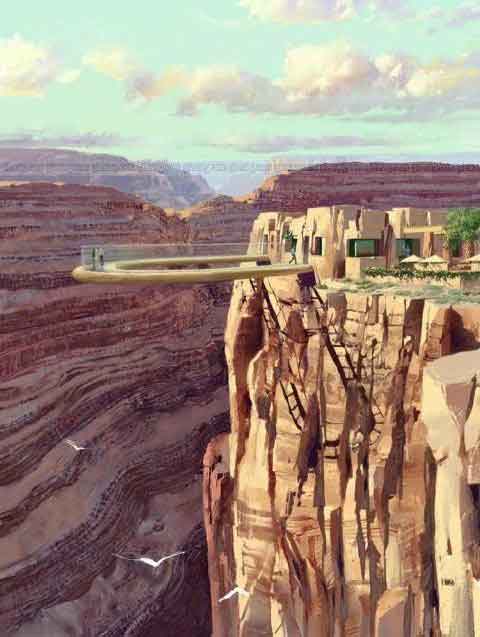  Chắc chắn du khách không tránh khỏi cảm giác rùng mình khi đứng trên đài quan sát lơ lửng giữa trời nhìn xuống chân núi cách đó 1.000m.Các công nhân thi công đang khẩn trương hoàn tất những công đoạn cuối cùng để chuẩn bị cho ngày khai trương đài quan sát AlpspiX ở miền Nam nước Đức vào ngày 4/7 tới. Đài quan sát hình chữ X.  Các công nhân đang hoàn tất những công đoạn cuối cùng.   Mô hình đài quan sát AlpspiX.   Sears Tower Glass Balconies(103 rd floor glass balconies) 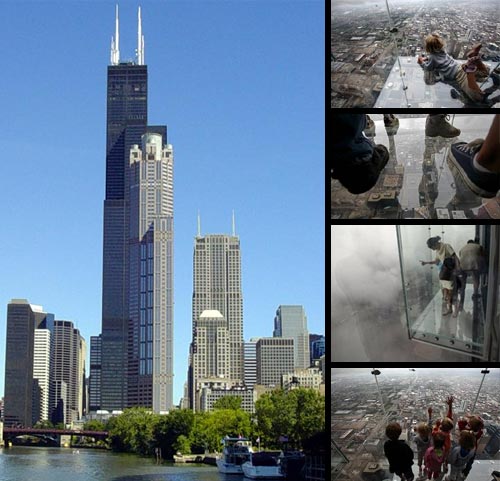  CN Tower, Toronto, Canada
(image via: shidairyproduct, ilkerender)Do you trust a piece of glass about the thickness of two fingers to keep you from crashing thousands of feet to the ground below? Toronto’s CN Tower, which stands over 1,815 tall, offers stunning 360-degree views of the city – and a stomach-turning view straight down to the street through a glass floor. Forest Tower, Schovenhorst Estate, Netherlands
(images via: Arplus.com)The thoroughly modern Forest Tower is just as visually stunning as the views it provides of the conservation area at the Schovenhorst Estate in the Netherlands. The design includes spaces and features for various activities including peepholes, a climbing net and even a small performance space. Willis Tower Skydeck, Chicago, Illinois
(images via: Charlotte Speaks)If you’ve ever wondered what it feels like to float 110 stories over Chicago, the Skydeck at the Willis (formerly Sears) Tower is the closest you’re likely to get. With a glass floor and glass walls on three sides, these “glass balconies” provide unparalleled views that will give the acrophobic nightmares. Bird Watching Towers, Ecuadorian Amazon
(images via: JackMaryEtc)There’s no way to enjoy the birds of the Amazon quite like observing them from one of Ecuador’s many extremely tall bird watching towers – if you’re brave enough to climb them. But finally getting to the top and finding it twisted from the wind and held together with a string, like one traveling couple did, might be enough to sway your confidence in the structure’s sturdiness. Eureka Skydeck, Melbourne, Australia
(images via: EurekaSkydeck.com)Like the Willis Tower Skydeck, Eureka Skydeck 88 in Melbourne, Australia offers views you just can’t get anywhere else in the city. But, it’s not for the faint of heart. 940 feet above the ground, “The Edge” is a glass cube that juts out nine feet from the building. It’s the highest public vantage point in a building in the Southern Hemisphere. Korkeasaari Lookout Tower, Helsinki, Finland
(images via: arcspace)The shell-like wooden Korkeasaari Lookout Tower at Helsinki’s Korkeasaari Zoo mimics the large natural enclosures that the animals are held in, and is made of 72 long curved wood battens fastened with over 600 bolted joints. Ville Hara’s concept for the tower was the winning entry in a competition to design an innovative, artistic tower for the zoo. Blackpool Tower ‘Walk of Faith’, Lancashire, England
(images via: Wikipedia)With a design inspired by the Eiffel Tower, the 518ft Blackpool Tower in Lancashire, England was constructed in 1894 after Blackpool Mayor John Bickerstaffe visited the Great Paris Exhibition. Among its most popular features is the “Walk of Faith”, a glass floor panel added in 1998. Burj Dubai Observation Deck, Dubai, UAE
(images via: Dubai Chronicle, WeeklyDrop)Set to become the world’s tallest free-standig structure, Burj Dubai will feature a 124th-floor observation deck called ‘At the Top’. Floor-to-ceiling glass walls will provide unobstructed views of the city, but anyone who’s not paranoid about being swept away by a gust of wind can venture out onto the open-air deck. This mixed-use tower is set to open in late 2009. Killesberg Tower, Stuttgart, Germany
(image via: structurae)This double-helix shaped tower in Stuttgart, Germany features what are essentially two gigantic intertwined spiral staircases suspended by cables around a central support. Getting to the top is no easy feat, but the reward is great. Shanghai Expo Tower, China
(image via: Expo 2010)A 495-foot tall chimney at the oldest power plant in China is getting a dramatic makeover for the World Expo 2010. It is set to be transformed into an observation tower called the “Expo Harmony Tower”, its exterior wrapped with tracks and cars similar to a rollercoaster to transport passengers to the top. The entire former high-pollution plant is being revamped into an eco-friendly attraction that uses electricity generated by tide, wind and solar energy. Glasgow Tower, Scotland
(images via: Wikipedia)The tallest tower in Scotland is also the only tower in the world that can rotate 360 degrees from its base to its top. It’s shaped like an aerofoil, or an airplane wing seen in cross-section, and has computer-controlled monitors that turn it in the wind to reduce wind resistance. Green Observation Towers Concept
(images via: HumanShelter.org)Could we replace smokestacks with eco-friendly, green power-generating towers that also serve as public spaces with observation decks? Designer Michael Jantzen thinks so, and has created several designs that would do just that. The Wind Turbine Observation Tower has five wind-activated segments that rotate in different directions to produce energy, while the Eco-Tower is a public gathering space equipped with seven platforms and a custom wind turbine. Cheongna City Tower, South Korea
(images via: Bustler.net)South Korea is getting a new landmark tower that will serve as the cultural hub and centerpiece of a large new town development. The 1,476-foot observation tower appears to jut sharply into the sky like an inverted icicle, with the second-highest observation deck in the world. It’ll also be pretty high-tech, becoming the world’s first “invisible tower” with a skin system that uses optical cameras to capture the views from the opposite wall and project those images on each part of the skin. This effect will make the tower itself seems to disappear when you’re inside, leaving nothing but sweeping views.
Sybarite ở London
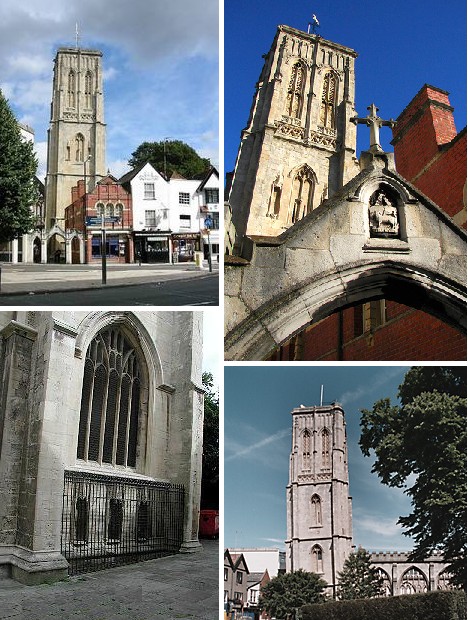 The Leaning Tower of Niles, Illinois, USA
It may sound like the title of an episode of Frasier but The Leaning Tower Of Niles actually does exist, and has done so since 1934. A half-sized twin to the mother of all leaning towers in Pisa, Italy, the Illinois tribute stands 94 ft tall and leans outward 7 ft, 4 inches. You can’t enter this tower, however, as the exterior is just a facade built to disguise what is essentially just a water tower. It does have some pretty fountains around the base, however. The Leaning Tower of San Pietro di Castello, Venice, Italy
Venice has it’s share of leaning towers, a consequence of great age and waterlogged soil. One of the most outstanding (if not entirely upstanding) is the Leaning Tower of San Pietro di Castello. Clad in bright but heavy Istrian stone, this charming bell tower has complemented San Martino church on the Venetian island of Burano since 1463. Tower of the Milices, Rome, Italy
The Torre delle Milizie was begun in the year 1200 and finished around 1280. Originally having three stories, a great earthquake in 1348 shook the top story to pieces. The main tower, however, has remained firmly standing though it has acquired a pronounced tilt over the past 800 years. Scientists and engineers examining the approximately 150 ft. tall Torre delle Milizie say its current 1.36 degree tilt towards the north-east will increase a further degree over the next 600 years, assuming another great earthquake doesn’t finish the job before then. The Church of St Mary and All Saints, Chesterfield, UK
The Church of St Mary and All Saints in Chesterfield, Derbyshire, has acquired many legends over the centuries to try and explain why its spire is so radically twisted. One of the more amusing purports that the spire was shocked to see a virgin getting married at the church and twisted around to get a better look. A more scientific explanation is that a shortage of skilled workers in the mid-1400s when the church was being built resulted in green, un-cured wood being used to construct the spire. When about 50 tons of lead shingles were attached to the spire, the wood couldn’t take the weight and began a slo-mo buckling from the stress. The Greyfriars Tower, King’s Lynn, UK
The 92 ft tall Greyfriars Tower is all that’s left of once-mighty Franciscan abbey demolished in 1538 during King Henry VIII’s purge of monasticism and dissolution of the abbeys. The tower was left standing because it was a useful landmark for seafarers – a lightless lighthouse as it were. With a current lean of 27 inches or approximately 1 degree (the Tower of Pisa leans 3.98 degrees), Greyfriars Tower was stabilized by workmen in 2006 after fears were expressed that it could collapse onto the Theatre Royal just adjacent. Temple Church, Bristol, UK
Measured from the top, Bristol’s Temple Church leans out about 5 feet but is in no danger of toppling over. The 114 ft tall church, dating from 1312 and not completed until 1460, was built on the site of a dismantled church belonging to the Knights Templar. German bombing during World War II’s “Bristol Blitz” caused irreparable damage to the church’s interior and in 1958 the building was taken into state care by English Heritage. Caerphilly Castle, Wales
One of the medieval age’s largest and most formidable castles, Caerphilly Castle guarded the border between England and Wales while presenting a bulwark against any uprising by the Welsh. Construction on the castle was begun in 1268 by Gilbert de Clare and it was not significantly damaged until the English Civil War of the 1640’s, when one of its towers suffered a very obvious tilt. English Heritage, which now oversees the castle, has finished its restoration but decided to leave the leaning tower as is. The Round Tower Of The Kilmacduagh Monastery, Ireland
At 110 feet, the Round Tower of the Kilmacduagh Monastery is the tallest of its kind in all Ireland. The tower, located near the town of Gort in County Galway, is smoothly finished with its entrance door opening 26 feet off the ground – a very effective refuge for the monks and their treasured religious relics when threatened by marauding Vikings (an all too common event). It’s estimated that the monastery was first established in the 7th century and the tower was built sometime in the 10th century. The tower leans outward some 1.5 feet but is in no danger of falling. Suurhusen Church, East Frisia, Germany
Stated by the Guinness World Book of Records to be “the most tilted tower in the world”, the Suurhusen Church’s highest point leans at an extreme angle of 5.1939 degrees, a startling stat only mitigated by the building’s relatively modest 90 ft height. Though constructed in 1450, the church tower only began to lean in the 19th century when the marshy land it was built upon was drained. The church steeple was closed in 1975 for safety reasons but was reopened a decade later – one must assume it’s now safer than it looks. Oldehove Church Tower, Leeuwarden, the Netherlands
The Old Tower in Leeuwarden, Fryslan, NL, was supposed to be even taller and grander than the images above show, but after construction began in 1529 and the tower reached a certain height and weight, it began to lean and all work on it was halted in 1533. It’s probably no coincidence that the tower’s main architect, Jacob van Aaken, died 1532 – such things don’t look good on one’s resume. Oude Kerk, Delft, the Netherlands
The Oude Kerk (Old Church) in the Dutch city of Delft stands just over 245 feet high and leans about 6.5 feet away from vertical, quite noticable to somebody standing off to the side. Construction first began on the church in 1246 and the tower was built between 1325 and 1350. Inside the tower resides a massive bell weighing nearly 9 tons. The bell, cast in the year 1570, is only rung occasionally due to the fear of damaging vibrations but between you and I, who’d want a 9-ton bell swinging away at the top of a 245ft tall leaning tower? Nevyansk “Falling Tower”, Sverdlovsk, Russia
Nevyanskaya Tower leans into the chill wind coming off Russia’s Ural Mountains in the city of Sverdlovsk. Built in the first part of the 18th century, the 189 ft tall tower leans just over 7 ft out from the vertical. he tower was built by Akinfiy Demidov, an associate of Czar Peter the Great and a rumored counterfeiter – traces of gold and silver have been found in the tower’s main chimney. Huqiu Tower, Suzhou City, China
The seven-story, 157 ft high, 8-sided Huqiu Tower was built between 959-961 on the city of Suzhou’s Tiger Hill. |




















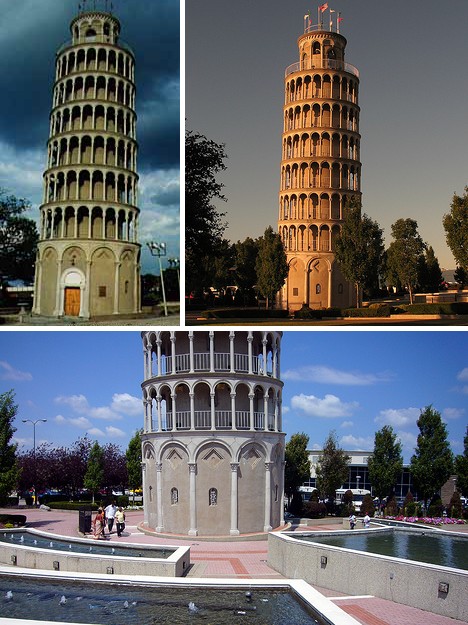
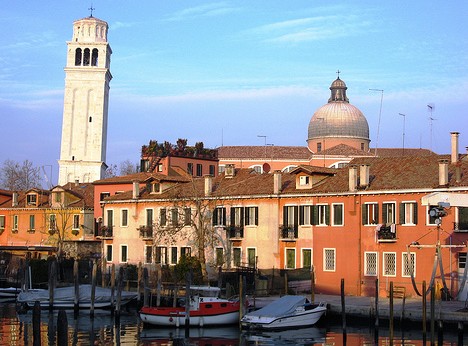
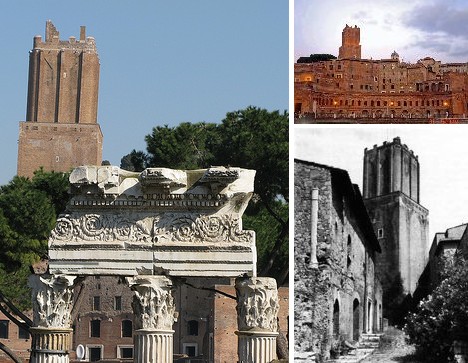
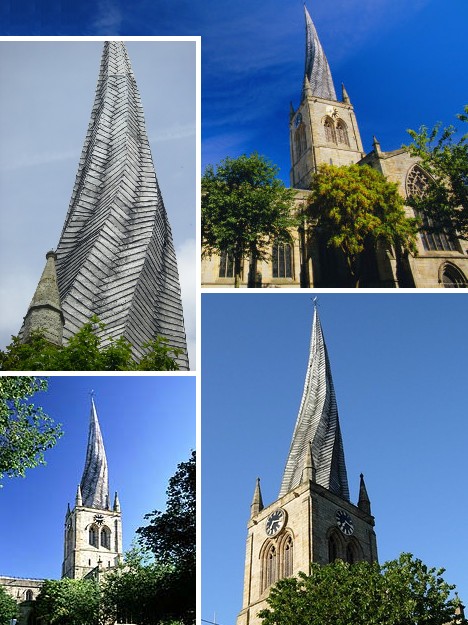
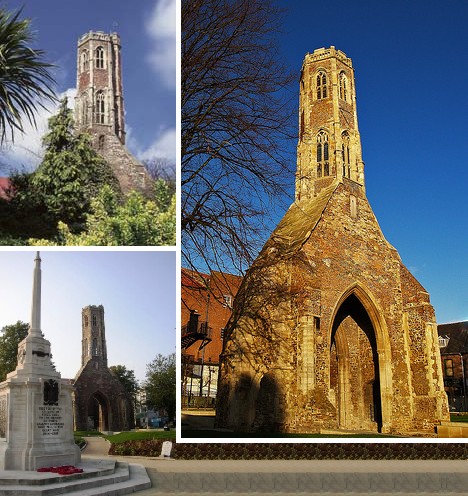
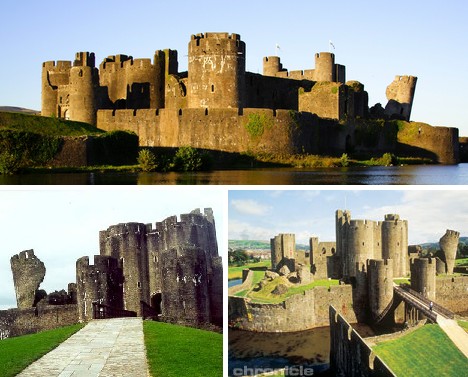
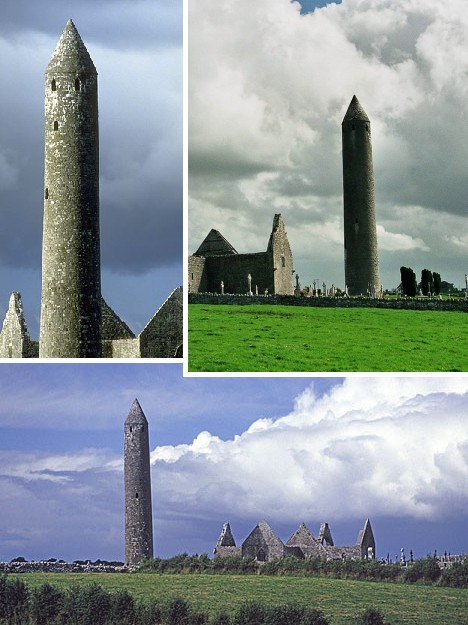
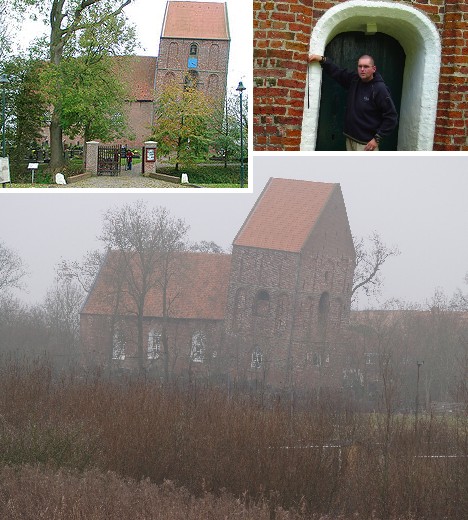
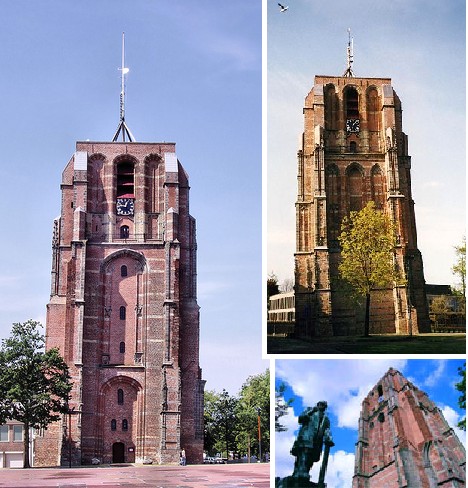
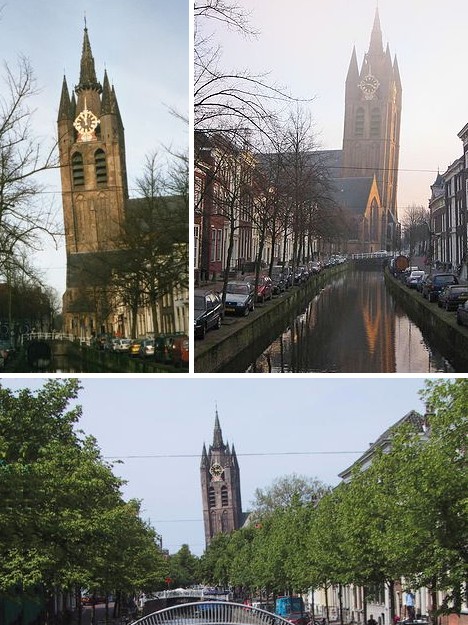
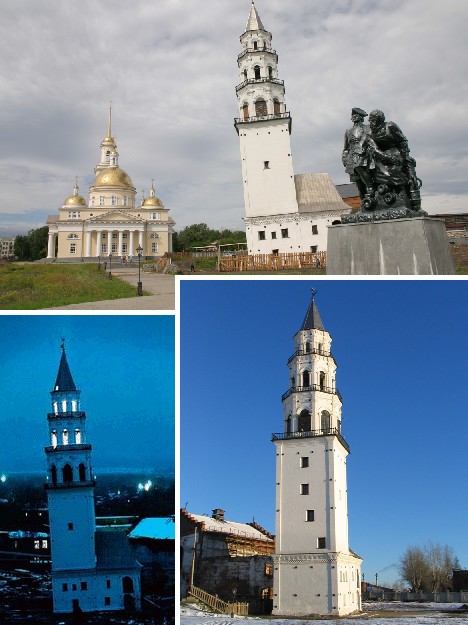
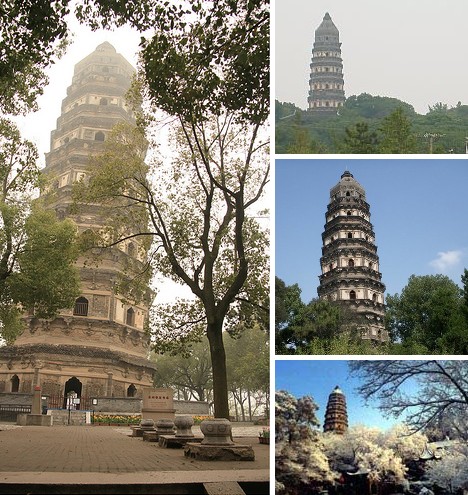
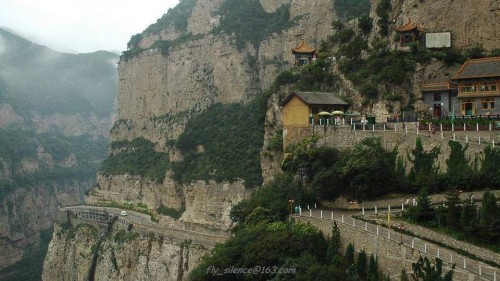
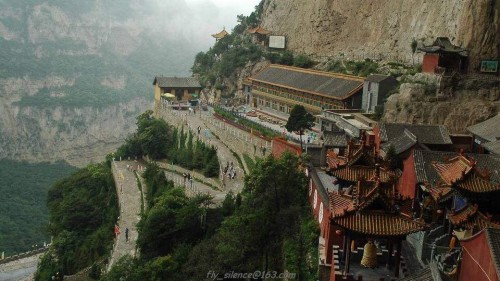
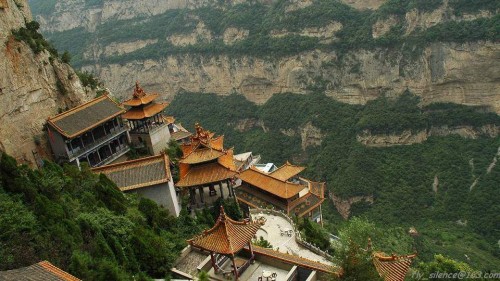
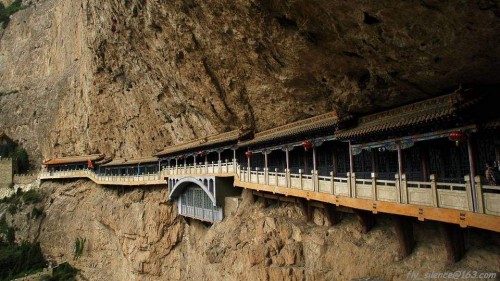
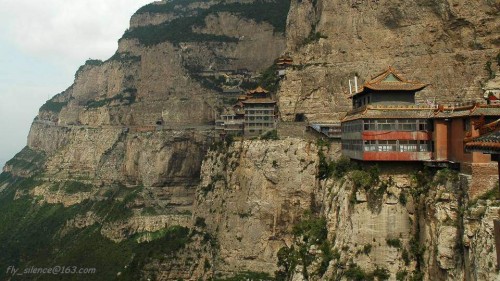
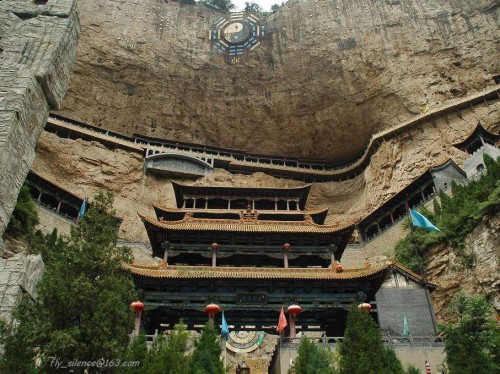
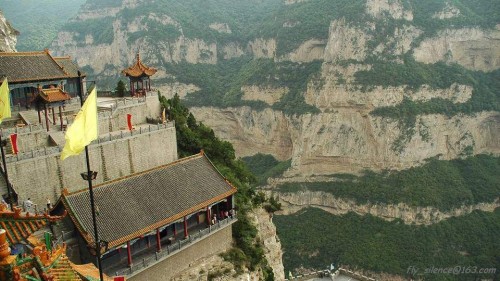
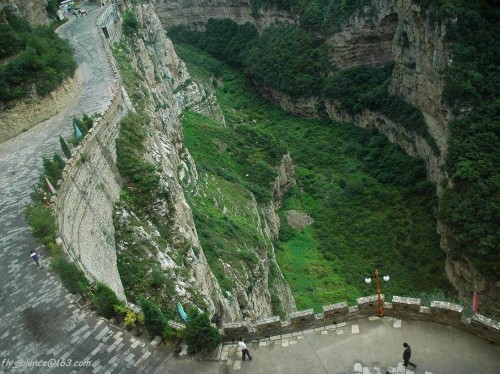
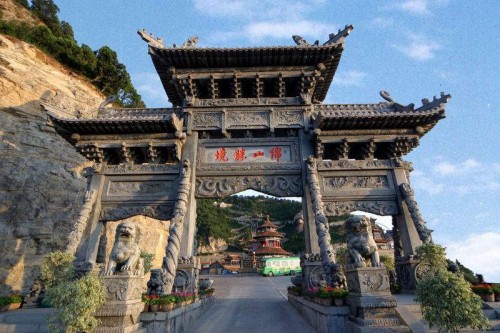
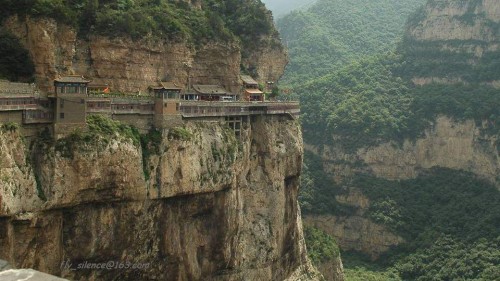
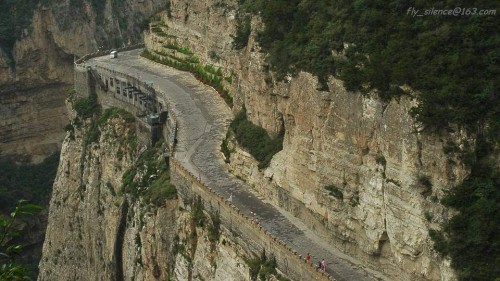
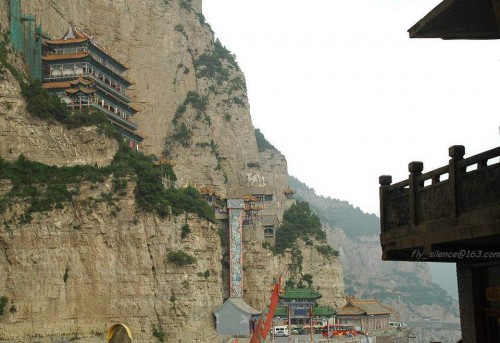
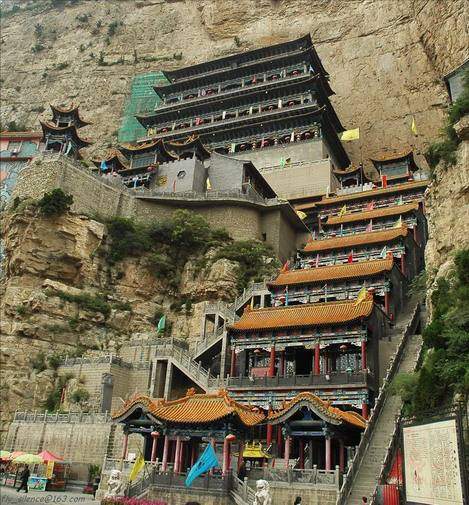
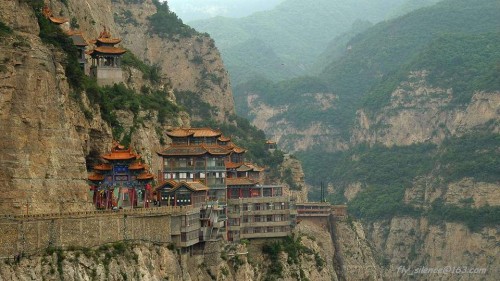
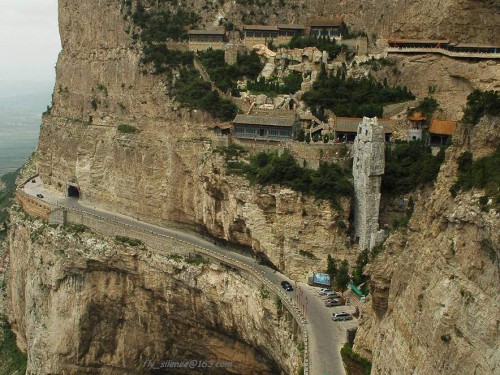
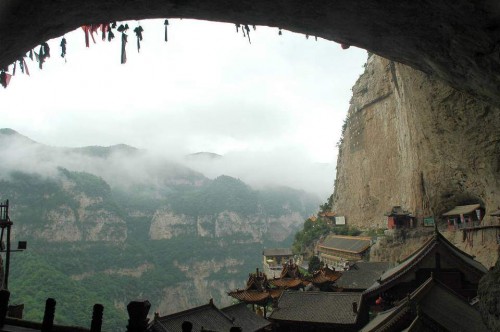
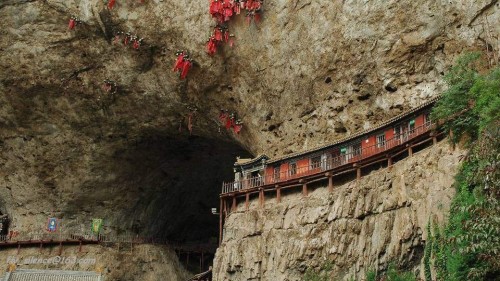
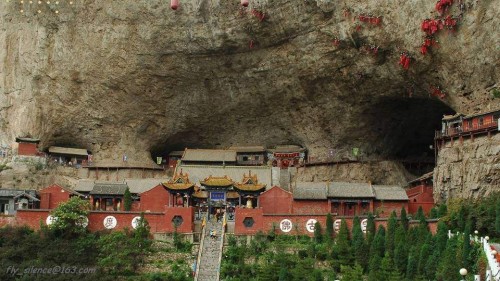
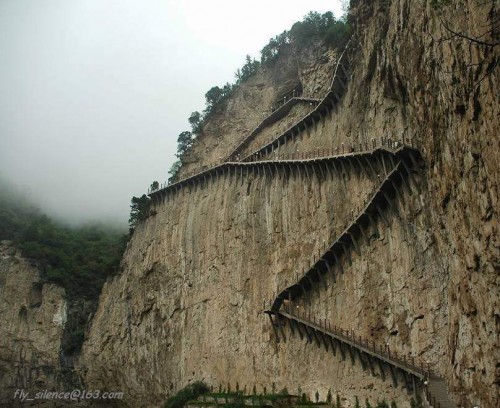
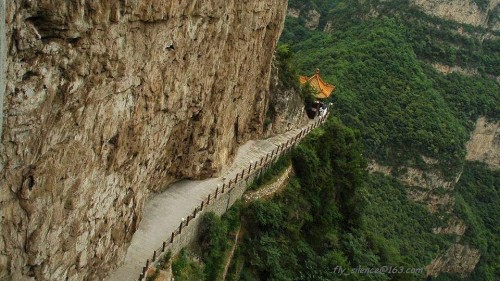
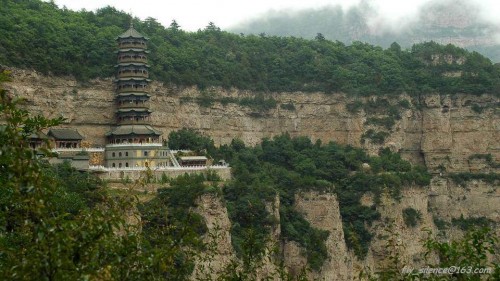
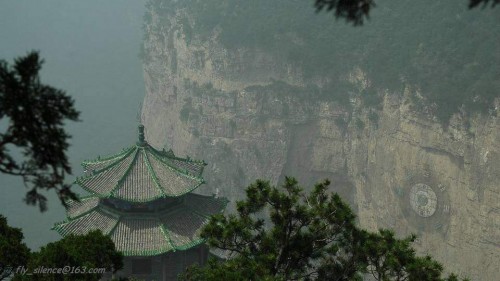
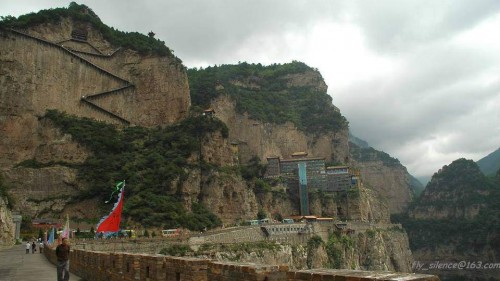
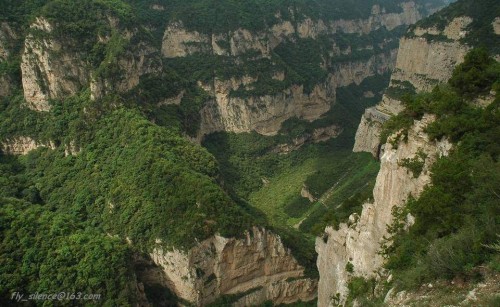
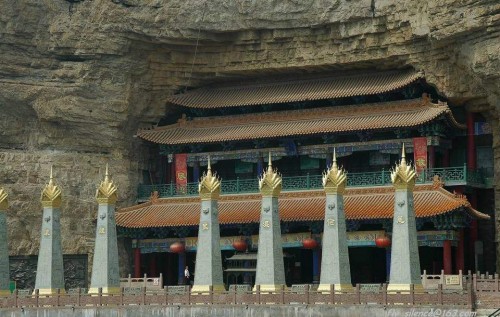
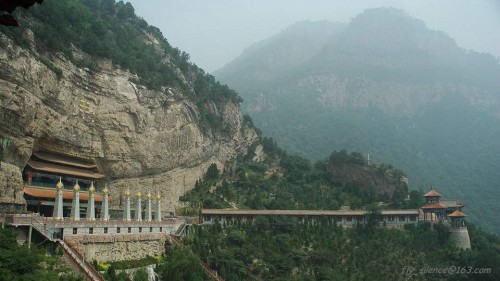
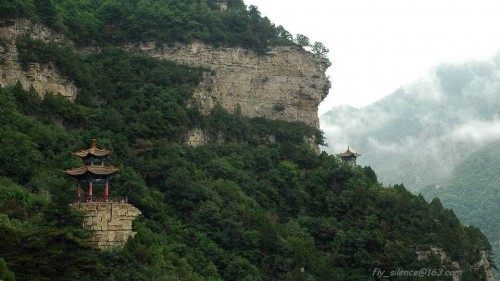
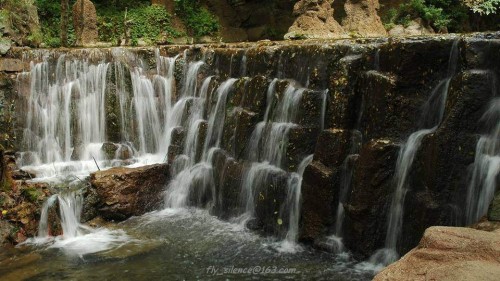
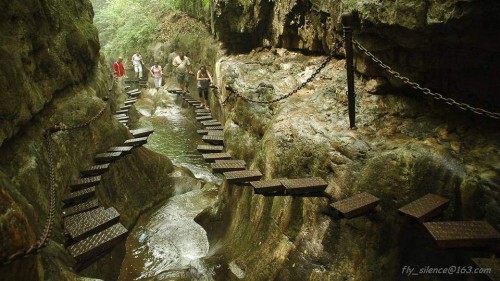
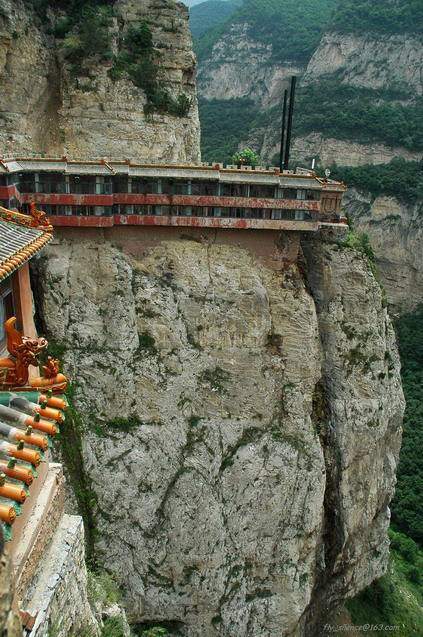
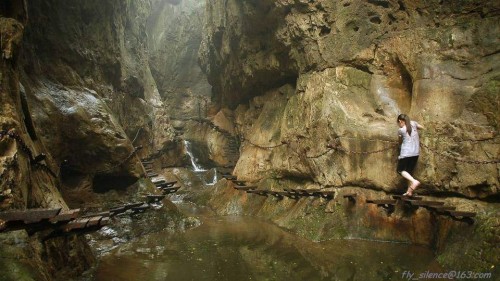

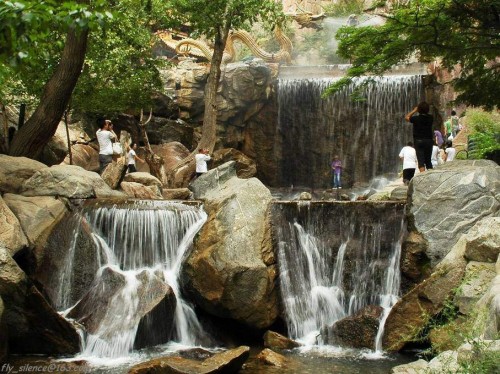

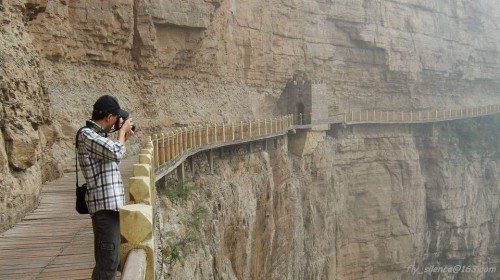
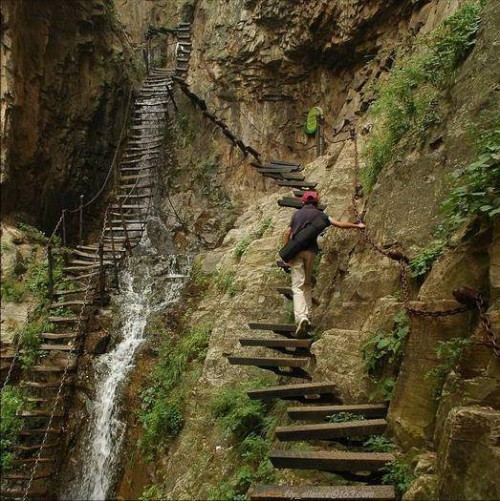
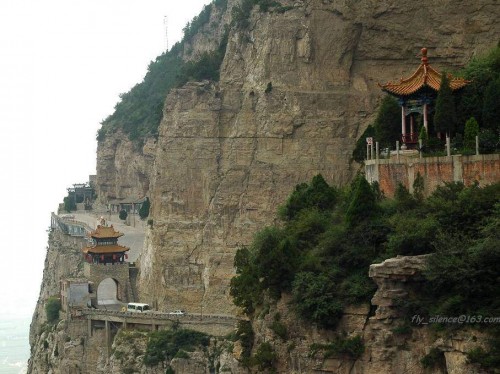
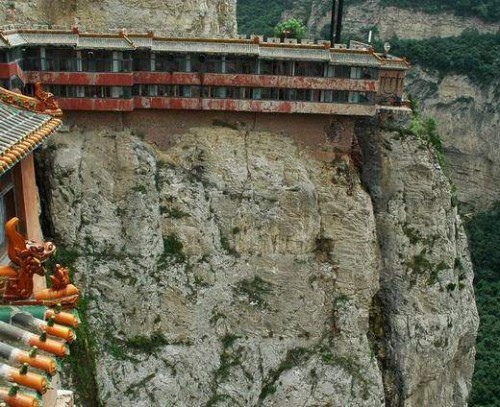
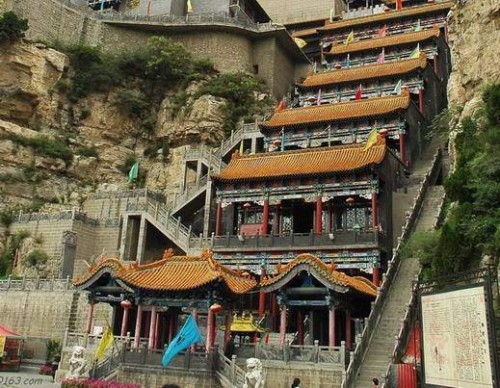
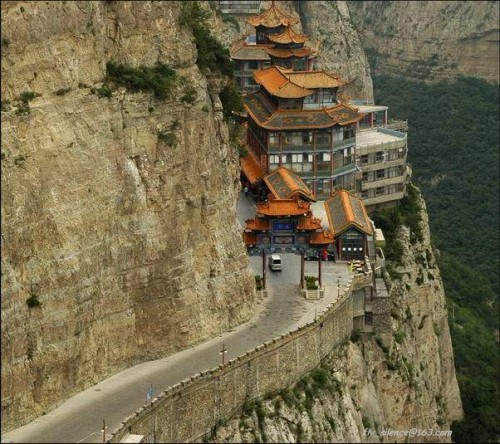






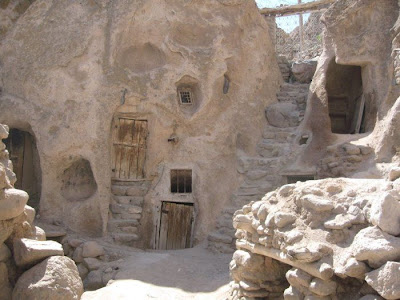












No comments:
Post a Comment